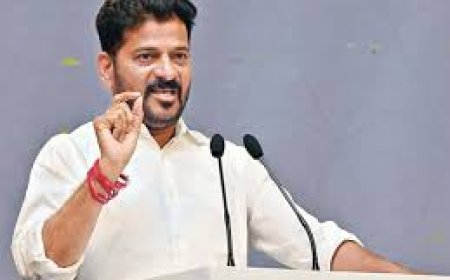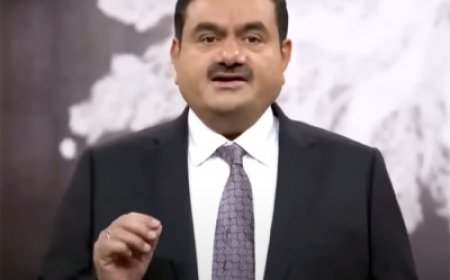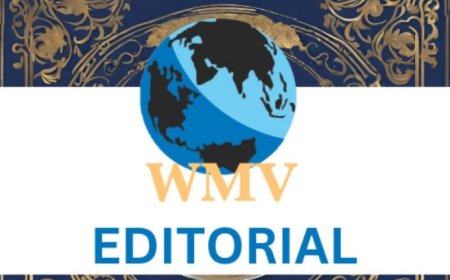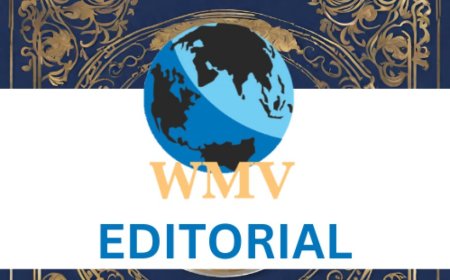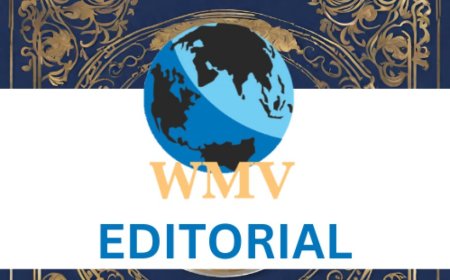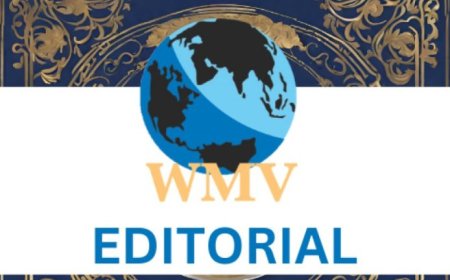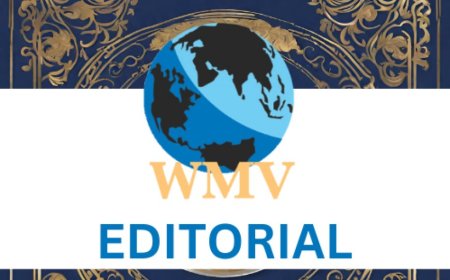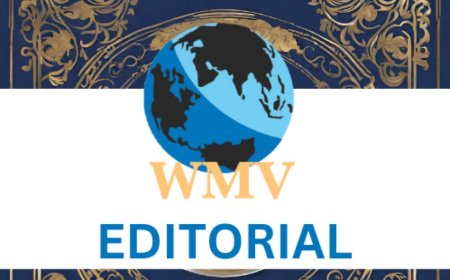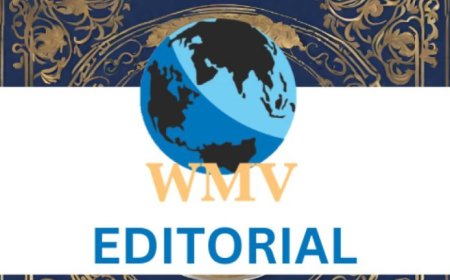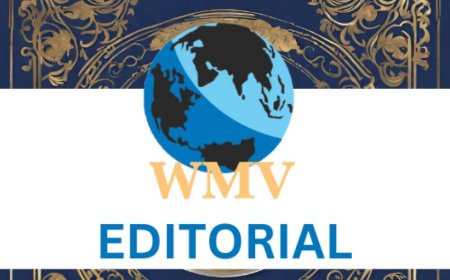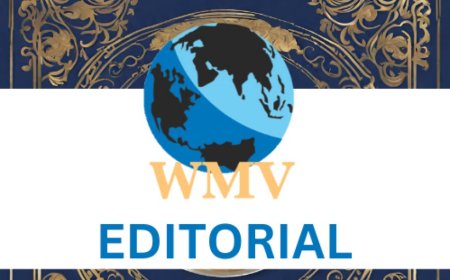Does the United States currently have a grand strategy?

IF the question is whether the US has a tightly coordinated, effective approach where the ends are appropriate, and the means are carefully built up to match the ends, then clearly the answer is no. Though to be fair, such coherence has been rare in the post-Cold War era, regardless of administration.
On the other hand, if the question is whether the Biden administration has a broad set of ends or objectives and a set of means or policy tools to pursue those objectives, then I think the answer is yes. Let me try to sketch what I believe they think they are doing, followed by some obvious criticisms.
If the Biden administration’s grand strategy could be summed up in a single phrase, it would be - progressive transformation at home and abroad.
The central dilemma for the Democratic Party foreign policy community after November 8, 2016, was essentially: what went wrong? Donald Trump’s presidential win that evening was unexpected, to say the least.
Democrats needed to think through how to prevent this from happening again. Thoughtful analysts like Thomas Wright laid out two basic alternatives. One was to simply restore the suppositions of the Obama era.
The premise here would be that Obama largely got it right on US foreign policy, and that the only challenge was to restore those assumptions to power. The second alternative was readjustment. With this option, Democrats would quietly concede that Trump had a point here and there, and they would adjust certain policy assumptions, partly to avoid being blindsided the next time around.
In the end, the Biden team came up with a kind of fusion of these two alternatives. This fusion can be inferred not only from key documents such as the 2022 National Security Strategy, but as in any administration, from presidential speeches, outside evidence, and even off-the-cuff remarks by the commander-in-chief.
The 2020 Biden campaign, and his incoming administration, offered a mixture of Democratic Party foreign policy restoration and readjustment. On the theme of readjustment, Biden and his team fully conceded that domestic and international priorities were now intertwined. They agreed that China was a major strategic rival, and that an era of great power competition had arrived.
They adopted a trade policy skeptical of opening US markets, with closer attention to workers than to consumers, maintaining at least some of the protective tariffs inherited from the Trump era. And to an even greater extent than Barack Obama, the Biden team made clear its profound aversion to optional military interventions overseas that might entangle the United States in large-scale nation-building or counter-insurgency efforts. This all represented a concession to Trump-era realities.
At the same time, in many ways, the Biden team also looked to restore numerous Obama-era Democratic Party foreign policy assumptions. This meant, among other things, quite literally the restoration of Obama personnel - the return of the Obamanauts. It meant restoring, and even enhancing, the place of progressive socioeconomic priorities within US national security policy. It meant a return to good-faith assumptions regarding any argument for what is sometimes called rules-based liberal world order.
Climate change and the need to combat it would be given the highest possible priority as a national security matter. Regionally, the Biden team looped back toward Obama-era hopes for the diplomatic accommodation of Iran. The administration also returned to Obamanaut assumptions regarding Latin America. Russia, it was thought, could be geopolitically parked, while the US tended to other matters. And even over China, while admitting the need for a change from Obama, Biden officials clarified their desire for “responsible” competition, cooperating with Beijing on non-traditional security issues.
Finally, Biden went further than either Obama or Trump in declaring that a global struggle against authoritarianism would be a strategic centerpiece of his new administration.
Of course, all these priorities were sometimes more verbal than substantive. And they often conflicted with one another. Nevertheless, the declared priorities of Biden’s grand strategy had a very real impact on US policy.
Grand strategy requires organization. The organization of the Biden strategy has received very little coverage. We often find, investigating past administrations, that while presidents are dismissed by their critics at the time, they turn out for better or worse to be the leading figure in shaping their own administration.
Accordingly, we should not dismiss the possibility that the single most important individual in determining the Biden administration’s strategic priorities is President Biden. Books like Franklin Foer’s The Last Politician seem to confirm this possibility.
Having said that it appears that apart from Biden himself the key figure here is the president’s national security advisor Jake Sullivan. Sullivan really does act as the president’s right arm on national security matters. This is not always the case in that position. In the Biden administration, organizationally, everything goes through Sullivan. He is also the lead conceptualizer. No matter how bad things get, Sullivan cannot be fired. He is empowered by the president to play this central role.
During the four years of the Trump administration, Sullivan was arguably the leading member of a group of foreign policy Democrats determined to learn from 2016 and move ahead. They developed the concept of a “foreign policy for the middle class.”
The mixed feelings of the US electorate regarding globalization and foreign wars would be recognized and factored into policy appeals. Trump’s unexpected appeal to Middle America would be recognized but counteracted and turned in a direction friendlier to Democrats. President Biden’s big-spending initiatives on infrastructure, climate, and industrial policy would be embraced, not only on their own merits, but as part of a package intended to bridge domestic and international priorities. This would take the sting out of any right-wing populist critique, and stave off a repeat of 2016, cementing progressive dominance of US politics. Or so it was hoped.
Instead of being celebrated as popular and successful, however, what the Biden team soon encountered was a series of rude surprises. The planned withdrawal from Afghanistan turned into an embarrassing fiasco.
Vladmir Putin refused to be parked, and instead invaded Ukraine. Iran slapped away the hand of accommodation, continuing its campaign of violent proxy warfare in the Middle East. And the rallying cry of multilateral cooperation around rules-based liberal order turned out to be less powerful than the Biden team had anticipated. Internationally, the president quickly alienated key allies and partners such as Saudi Arabia.
The Chinese were uninterested in cooperating on respectably liberal US terms. And at home, much of the American public remained unimpressed by Biden’s foreign policy leadership, awarding him low grades on this issue as on most domestic matters.
Adaptation is a key aspect of grand strategy. Team Biden can hardly be faulted for trying to adapt to surprises. The problem seems to be that in the case of this administration, even the attempted adaptations always veer back toward fundamentally mistaken premises.
Consider grand strategy as an interconnected set of assumptions about interests, threats, and capabilities. In its NSS, the Biden administration is willing to name most of the obvious national interests in its checklist. But there is also an inordinate emphasis on rules-based liberal world order. This concept of liberal order folds into itself all the current progressive assumptions about the desirability of certain social arrangements overseas. These arrangements are then defined as US “national interests” when in fact they are not.
Team Biden is also willing to list the obvious international security threats: China, Russia, and so on. Then it goes on to list a set of “isms” on par with any nation-state. Populism, nationalism, illiberalism, and authoritarianism are each assumed by the Biden administration to be pressing threats - including inside the United States.
Then there is a laundry list of what they call non-traditional threats. At the head of that list is climate change, described as existential. It appears that the Biden administration cannot make up its mind as to the highest priority. What is the number one challenge in their view, overall? Is it China? Is it global warming? Is it the Russian invasion of Ukraine? Or is it the Republican Party?
Finally, when it comes to capabilities, and the policy instruments built out of those capabilities, the Biden administration has developed a grab bag of tools – diplomatic, economic, military, and technological.
Biden is no isolationist. And we should be willing to give him credit when he does get things right. In the Indo-Pacific, for example, we’ve seen a range of discrete initiatives, such as AUKUS, each of which represents genuine progress. The problem, however, is that there is too often a disconnect between ends and means, as between capabilities and commitments. There is a part-way quality to the whole affair. More than that, with Biden there is a baffling tendency on national security matters to split the difference between realistic or sensible priorities and those that make no sense at all.
A better alternative to the Biden doctrine is visible. When it comes to US grand strategy, start with US national interests. These include, foundationally, the prosperity, independence, security, and freedoms of American citizens. The United States has a material interest in trade and investment patterns overseas.
It has an interest in the maintenance of a balance of power on the Eurasian continent. It has an interest in keeping sea lanes open to US commerce. And it has an interest in keeping the Western hemisphere free from great power competition. There is no clear American interest in progressive transformation as an objective either at home or abroad.
At least half of the country does not look to be transformed. And overseas, even many US partners are not asking for progressive scoldings. A better American grand strategy starts with getting back to basics.
When it comes to threats that endanger the above interests, focus on the concrete rather than on the abstract. This means dropping the emphasis on “isms,” and zeroing in on specific real-life adversaries. Unfortunately, they are numerous. A credible list would have to include Iran, North Korea, Russia, and salafi-jihadist terrorists, just to name a few. But there is a need for clarity. What is the number one threat? I believe it is the People’s Republic of China – a pressing challenge to US interests not only in East Asia, but on every ocean, and every continent. This is not to say the US can walk away from key regions such as the Middle East. On the contrary, China’s rising influence in that region is yet another reason why strict disengagement is untenable. But clarity over our number one challenge should help US policymakers to prioritize, and in the absence of priorities, we cannot succeed at all.
Finally, when it comes to capabilities, we need to develop the policy instruments or the means to match the ends. Instead of asking, do we like this baby step to counter our adversaries? Or do we like that other baby step? We need to think back from the endpoint.
Here is the endpoint. President Biden is stumbling into the possibility of full-blown warfare with China over Taiwan in the coming years, especially if he is re-elected. He is not deterring US adversaries. He doesn’t scare them. Nor is he arming the US to, if necessary, fight and win any coming conflict. He is just interventionist enough to annoy our enemies, but not sufficiently robust to establish escalation dominance against them.
Consequently, we now face a kind of anti-American axis of hostile dictatorships, however loosely coordinated, covering most of the Eurasian continent. This is the most deadly threat in generations. By that standard, have we developed the policy tools, and specifically the military capabilities, to meet that challenge? The answer is obvious: not even close.
Colin Dueck, Hoover Institution














